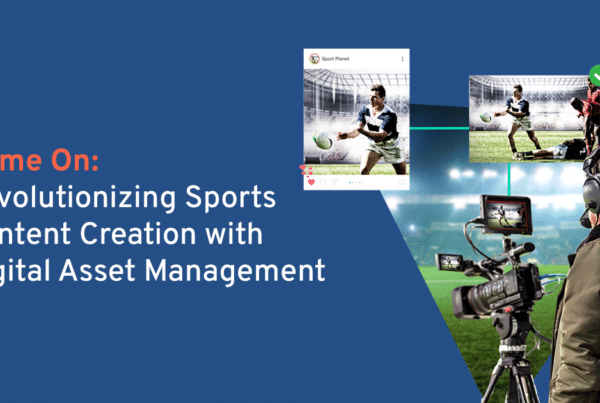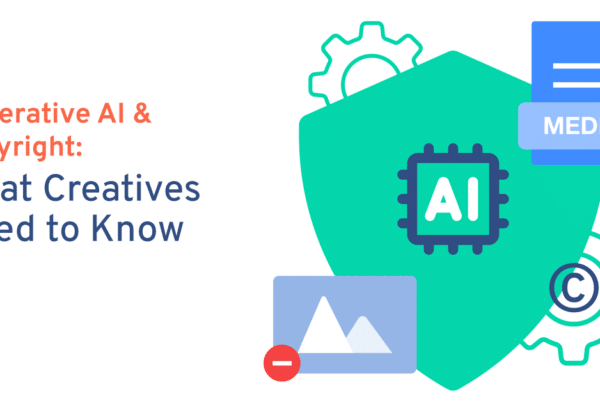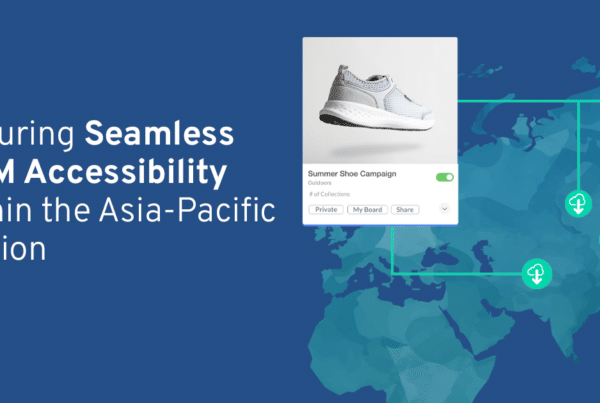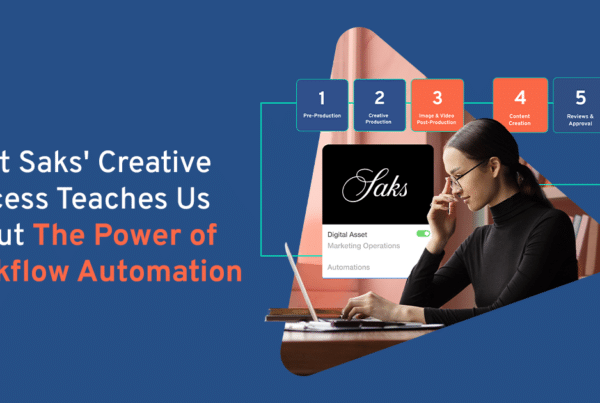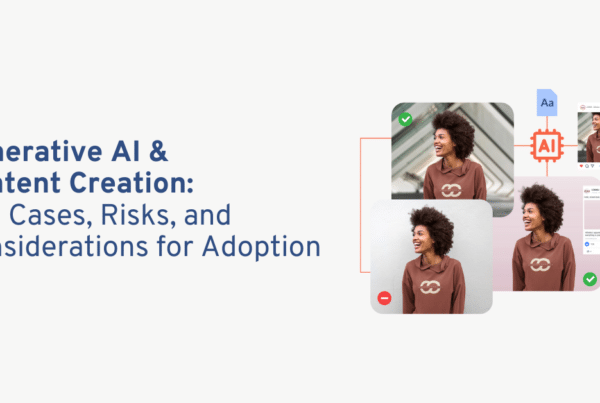
Generative AI & Content Creation: Use Cases, Risks, and Considerations for Adoption
From the time it became available to the general public, Generative AI (GenAI) began to…


